The Oscillography is a rather unknown and at the same time greatly underestimated medical procedure. Oscillography is mostly used for circulatory disorders. The focus here is particularly on changes in the volume of tissue and the inflow and outflow of blood.
What is oscillography?

Under Oscillography is commonly understood to be a method by which the arterial blood flow to the hands, feet and legs is measured. An oscilloscope is used to perform an oscillograph, with the help of which a vascular surgeon can measure the increase in leg circumference caused by the pulse in the arteries and have it recorded by the oscilloscope.
The resulting recordings are called an oscillogram and are characterized by sharply rising and rapidly falling curves. Nowadays, most oscillograms are reproduced digitally instead of analogue. In contrast to other methods that can be used to measure arterial blood flow, oscillography is a non-invasive method.
This means that the doctor does not have to penetrate the patient's body, but can do everything from outside. Because of this, oscillography is considered a particularly gentle and low-risk method for detecting circulatory disorders.
Function, effect & goals
A Oscillography can be done either on the legs or on the toes and fingers. Cuffs are placed on the patient's fingers and toes or on the legs and ankles and then inflated. The volume changes in the arteries of the body parts enclosed by the cuffs are then transferred to the cuffs and from there to the measuring device.
With the oscillography of the toes and fingers, the patient sits or lies motionless during the measurement. This measurement is used to identify possible circulatory disorders in the tiny arteries of the hands and feet. Since vessels affected by circulatory disorders are often so small that they cannot be reliably identified or displayed with other methods, such as an ultrasound examination, oscillography is particularly helpful here.
A modern variant of this measurement is the so-called acral oscillography, in which instead of cuffs that are inflated, the blood flow is measured with the help of light-controlled pulses. Acral oscillography is used e.g. Used to diagnose Raynaud's syndrome, in which the fingers and hands of those affected turn white due to circulatory disorders.
In the oscillography of the legs, the patient lying on his back is asked to do 40 toe stances and 20 squats each after an initial measurement while at rest. After each of these two short physical exercises, a new measurement is taken and compared with the other two. This comparison enables the doctor to check whether the patient has circulatory disorders in the legs either only during exercise or also at rest. This procedure is used, among other things, to diagnose peripheral arterial occlusive disease.
Another special form of oscillography is the so-called function oscillography, in which the patient has to make certain movements with his arms during the measurements. This is used to detect so-called functional circulatory disorders, i.e. circulatory disorders that only occur during certain movements with the arms, such as crossing the arms behind the head. However, all these different forms of oscillography only serve the purpose of recognizing circulatory disorders or the diseases that cause them. However, oscillography cannot treat these diseases.
Risks & side effects
As already indicated, this applies Oscillography as a particularly gentle and low-risk method for the detection of circulatory disorders. No significant risks, side effects or even dangers are known.
On the contrary: In contrast to much more expensive procedures, such as CT or MRT examinations, which usually cost several hundred euros, oscillography is a much cheaper and more accurate alternative. In contrast to these, it provides a very precise picture of the quality of the blood circulation in the legs, hands and feet and costs less than 10 euros.
CT and MRI, on the other hand, can only provide static images of the vessels. But despite these numerous, obvious advantages and the low costs, many health insurance companies still refuse to pay for an oscillograph.








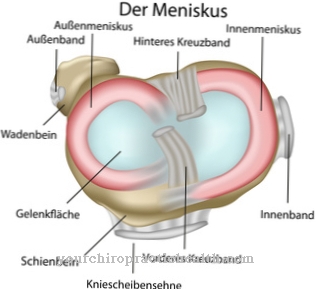

.jpg)

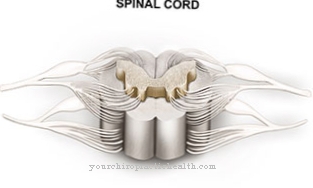




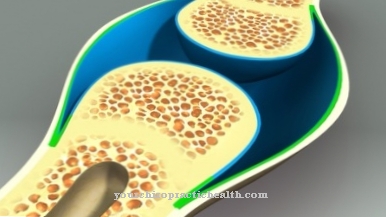




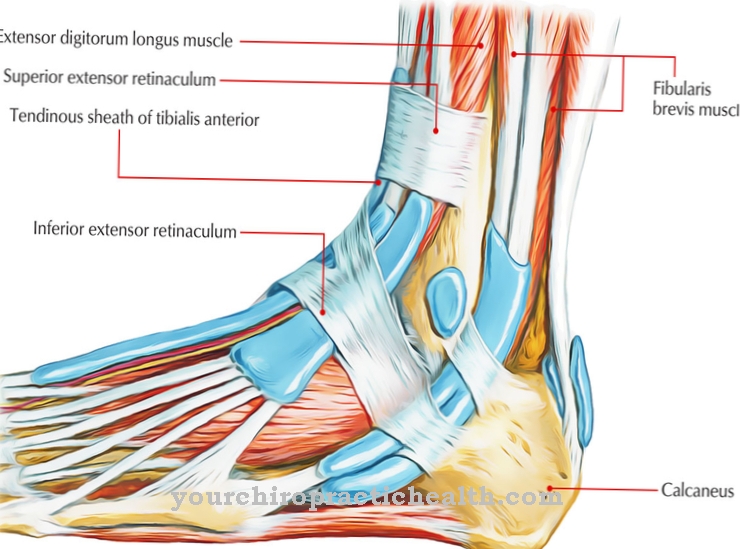
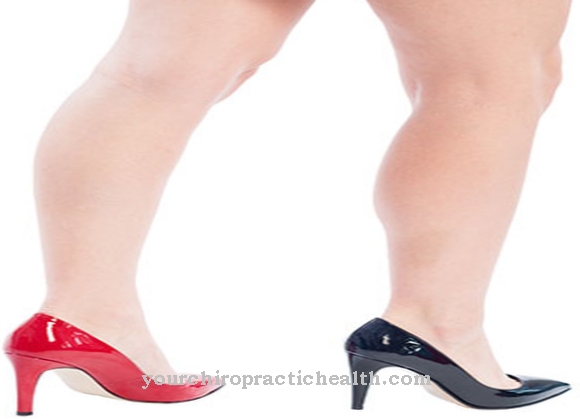




.jpg)